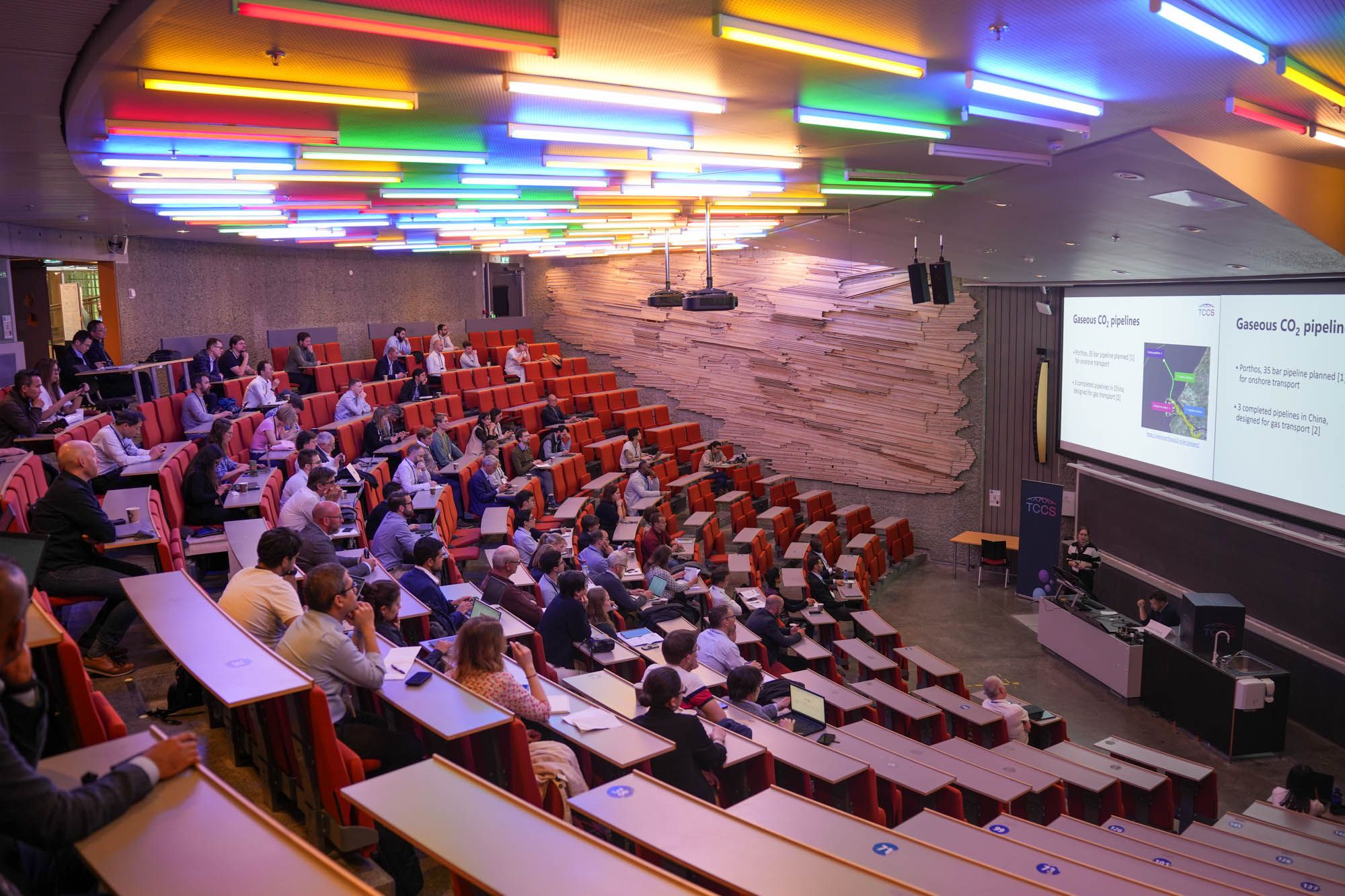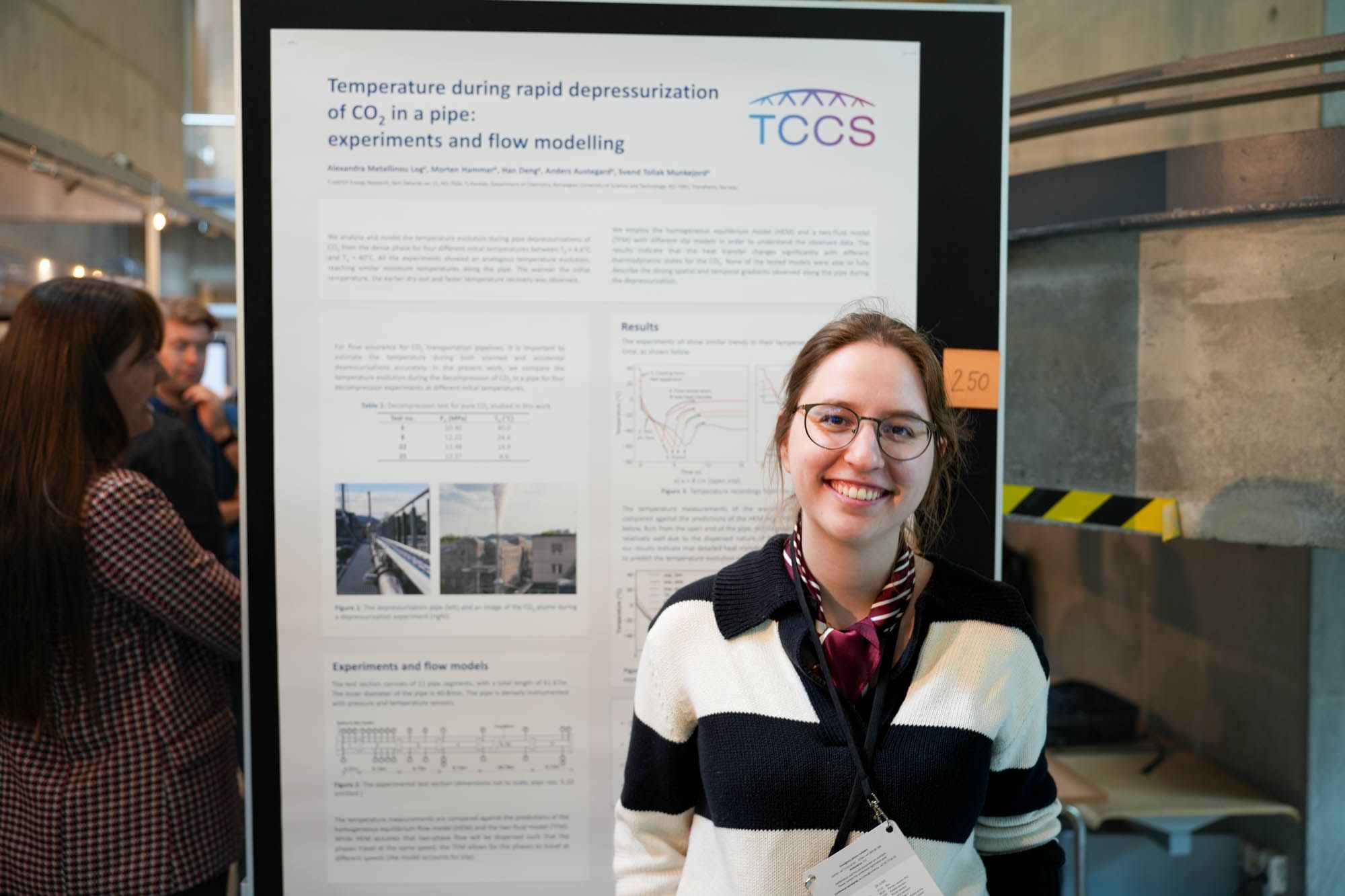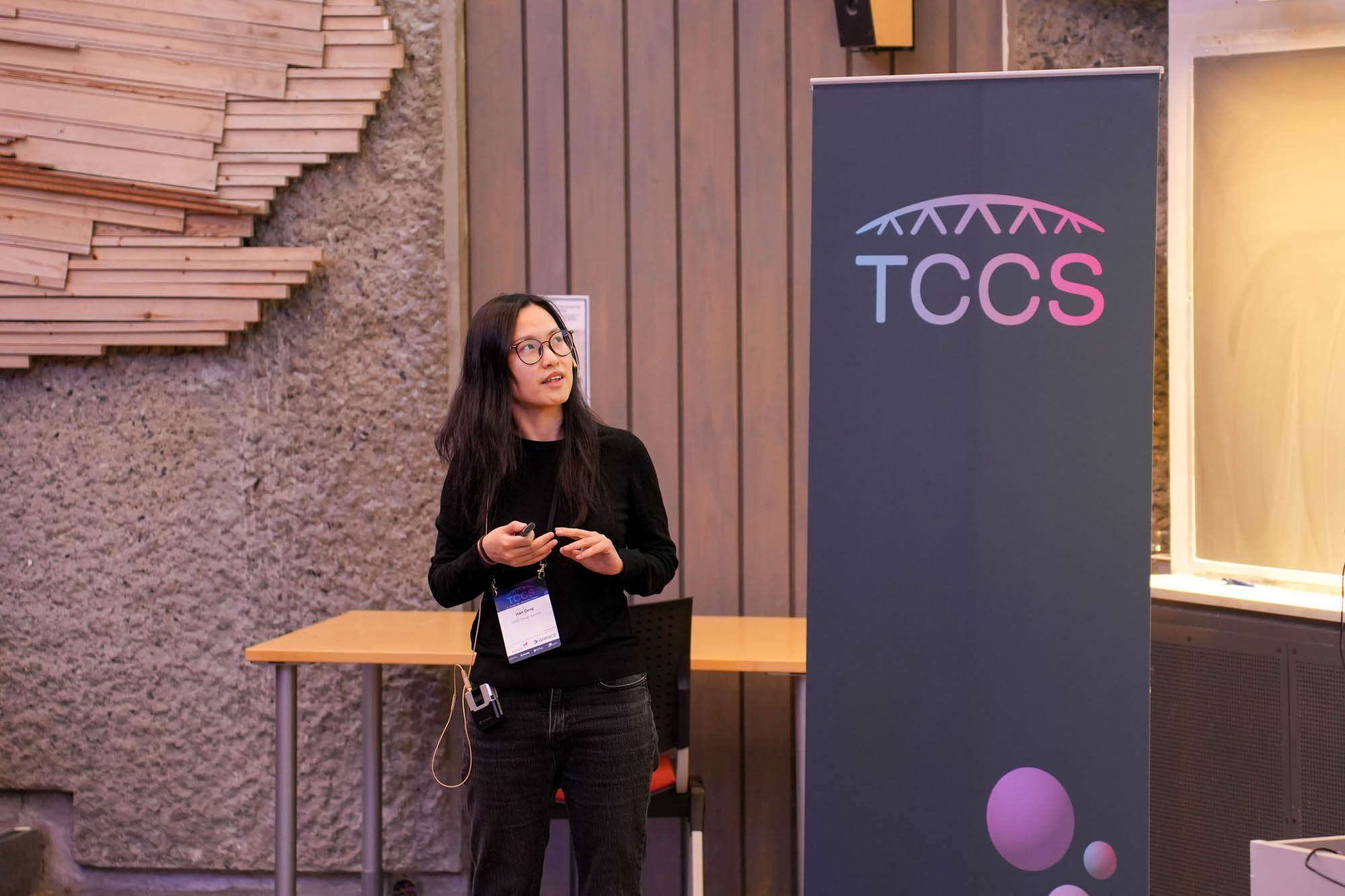
Introduction
As CO₂ capture, transport, and storage (CCS) scales up in Europe and beyond, ensuring the safety and efficiency of CO₂ pipeline systems becomes increasingly critical. The 13th Trondheim Conference on CO₂ Capture, Transport and Storage (TCCS-13), held from June 16–19, 2025, brought together leading researchers and engineers to address exactly these challenges. Several members of the COREu project consortium, including SINTEF ER, Saipem, and NaTran, presented cutting-edge results on CO₂ pipeline depressurization and decompression behaviour. Their work contributes to building the foundation for safer infrastructure and more accurate engineering tools in future CCS networks.
Understanding CO₂ Pipeline Depressurization
In a joint study by SINTEF ER, Saipem, and NaTran, researchers evaluated how well various engineering software tools simulate CO₂ pipeline depressurization, using a real-world scenario: the blowdown of a 50 km, 24-inch buried pipeline, as documented by Clausen et al. (2012).
Four different simulation models were assessed:
OLGA 2025 (single and multi-phase variants)
SINTEF’s CO₂ Dynamics workbench
SLB’s Symmetry Process 2024.2
While all tools aim to model transient multiphase flow during venting, none of the models perfectly matched the reference measurements, particularly for temperature profiles. This is significant because temperature mispredictions can lead to overconservative or unsafe pipeline designs.
"We observe that it is more challenging to represent the temperature than the pressure. [...] This may lead to overconservative design assumptions." (TCCS-13 abstract)
The work highlights the need for high-quality experimental datasets and further model validation to improve predictive capabilities and support sound engineering decisions.
Experimental Insights into CO₂ Gas Decompression
A second COREu-supported contribution focused on CO₂ gas-phase decompression and its implications for pipeline fracture safety. New large-scale decompression experiments were conducted by SINTEF ER, targeting pressure and temperature ranges previously underrepresented in the literature.
One key finding: CO₂ does not condense (change phase) at the predicted equilibrium pressure. It stays in a gas phase longer, a phenomenon known as delayed phase change. This delay directly impacts assessments of running ductile fracture (RDF) risk in pipelines.
To better model this behaviour, the team extended the Delayed Homogeneous Equilibrium Model (D-HEM). Unlike the traditional Homogeneous Equilibrium Model (HEM), D-HEM accounts for nucleation delays and supercooling effects, resulting in much better agreement with experimental data.
"The D-HEM fits the experimentally estimated decompression curve much better than the HEM." (TCCS-13 abstract)
The new model shows strong potential to replace HEM in future pipeline safety assessments and is currently being validated against additional CO₂-rich mixture data.
Conclusion
The findings presented by COREu partners at TCCS-13 underscore a shared message: accurate modelling of CO₂ behaviour under non-equilibrium conditions is key to safe and efficient CCS infrastructure. While current engineering tools are valuable, they show limitations under real-world conditions, especially for complex transient events like depressurization and gas-phase decompression. Through new experiments and improved models like D-HEM, the COREu project is helping to close critical knowledge gaps and develop tools that will support the design and operation of tomorrow’s CO₂ transport systems.
As CCS deployment accelerates, continuing this work, and making data and models openly available, will be vital for ensuring both safety and public confidence.






